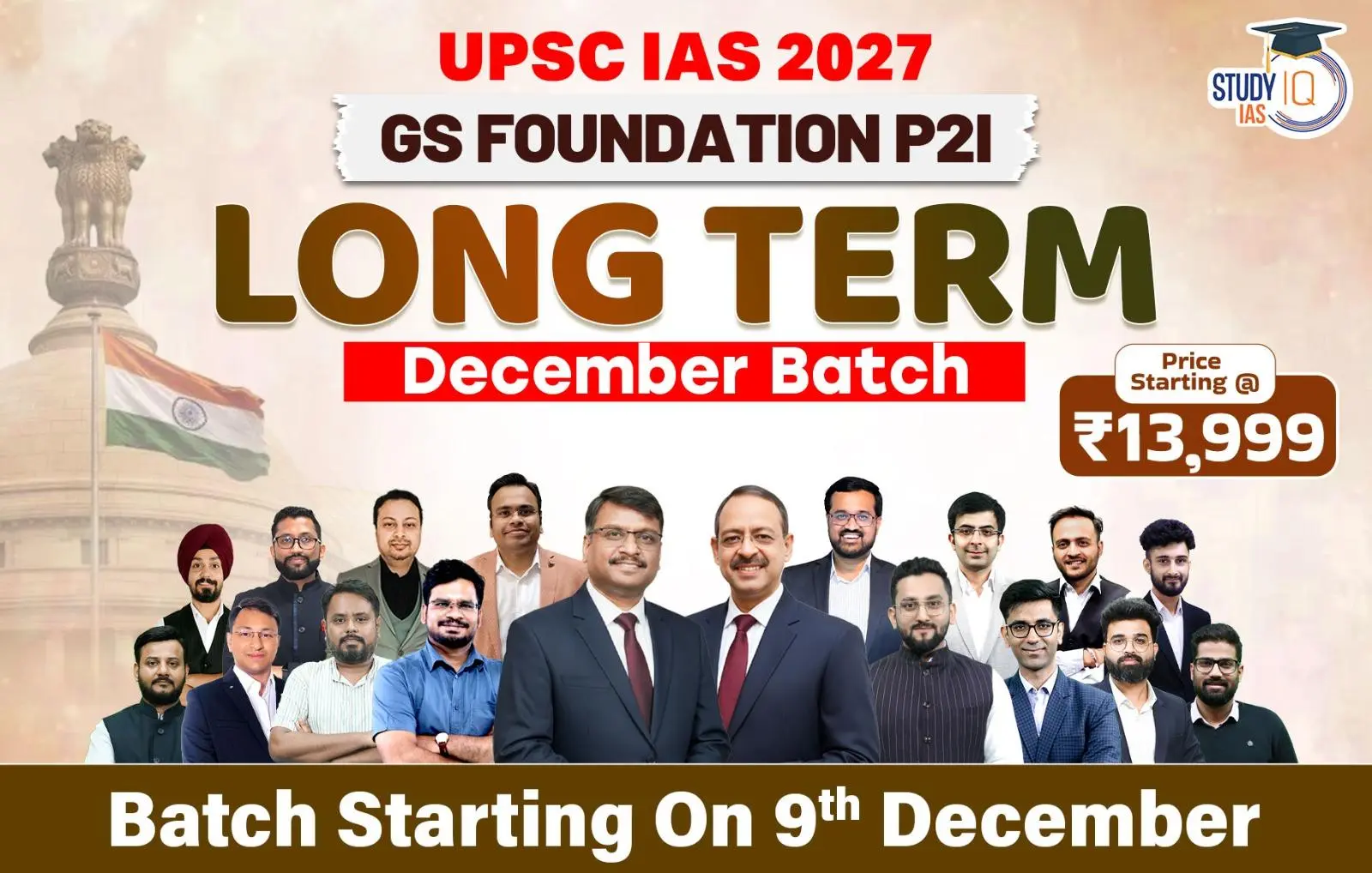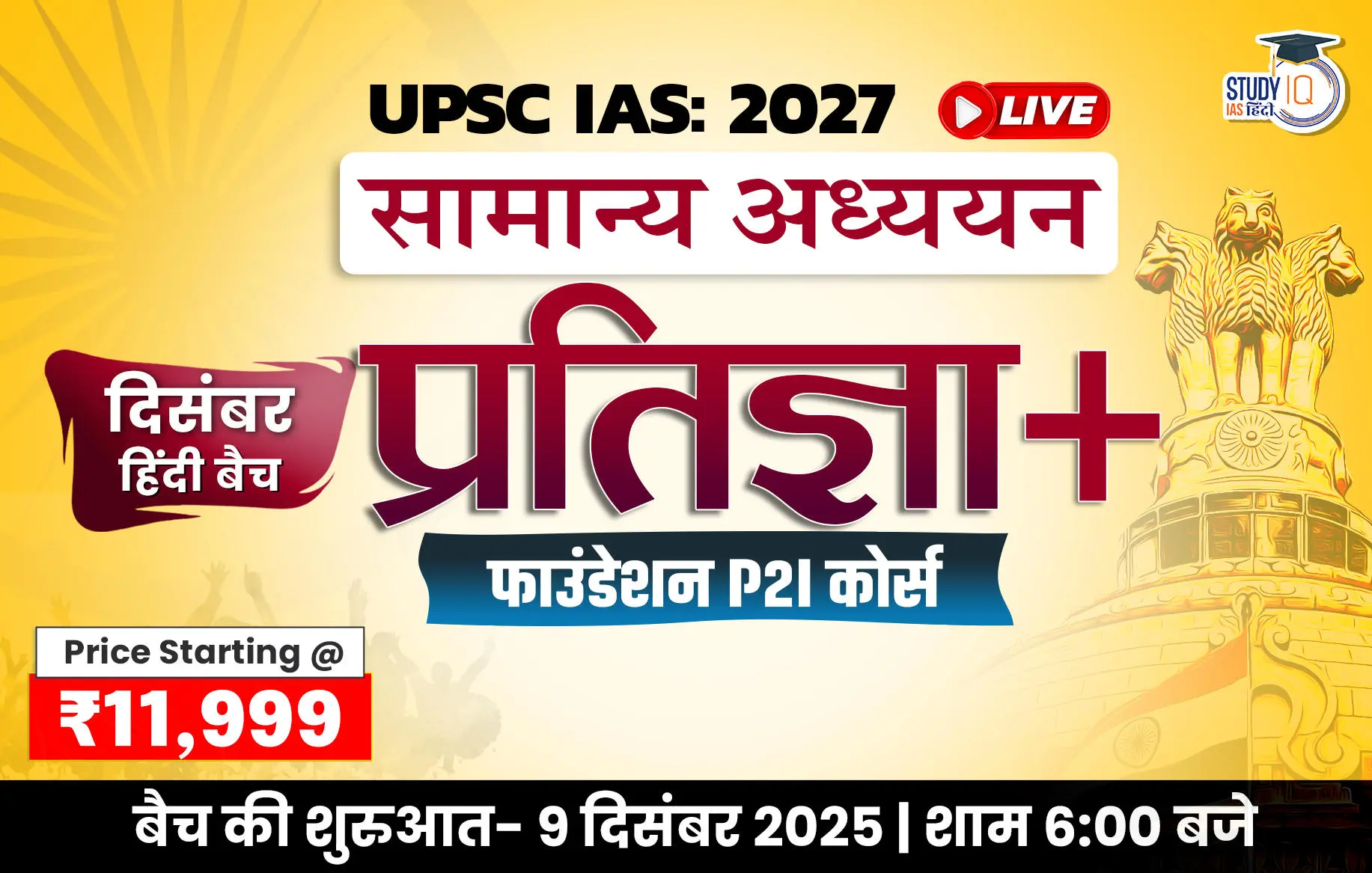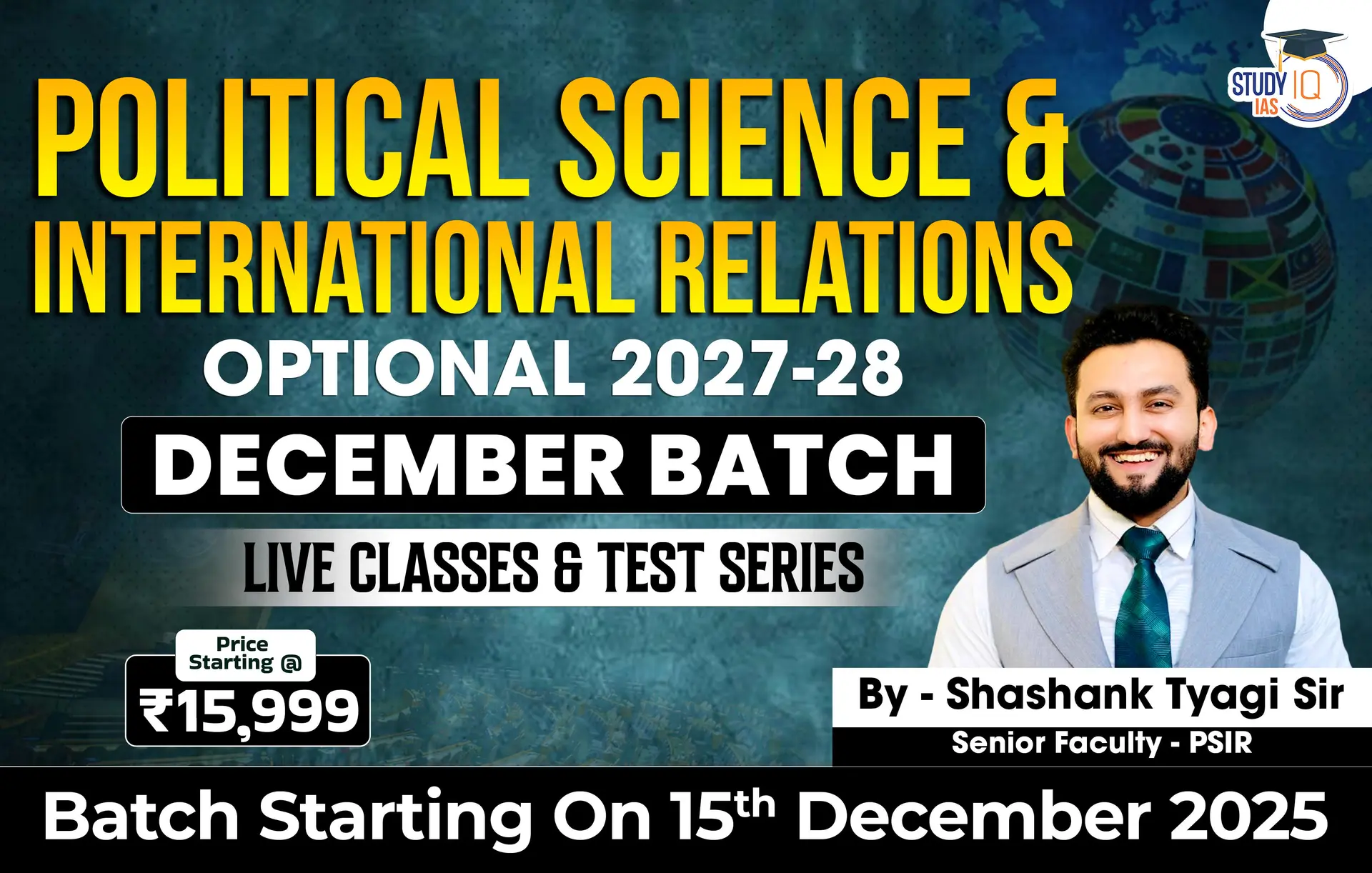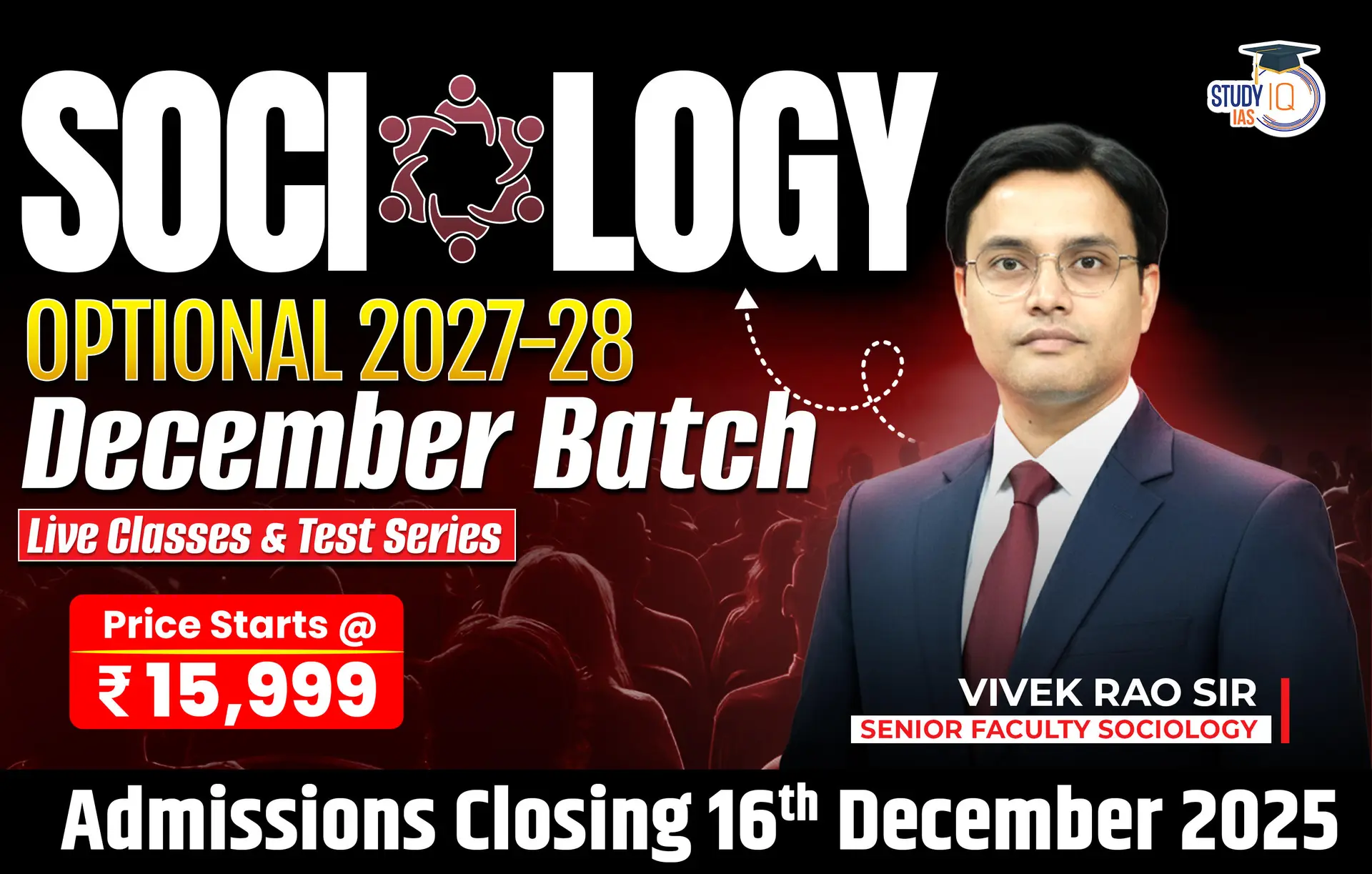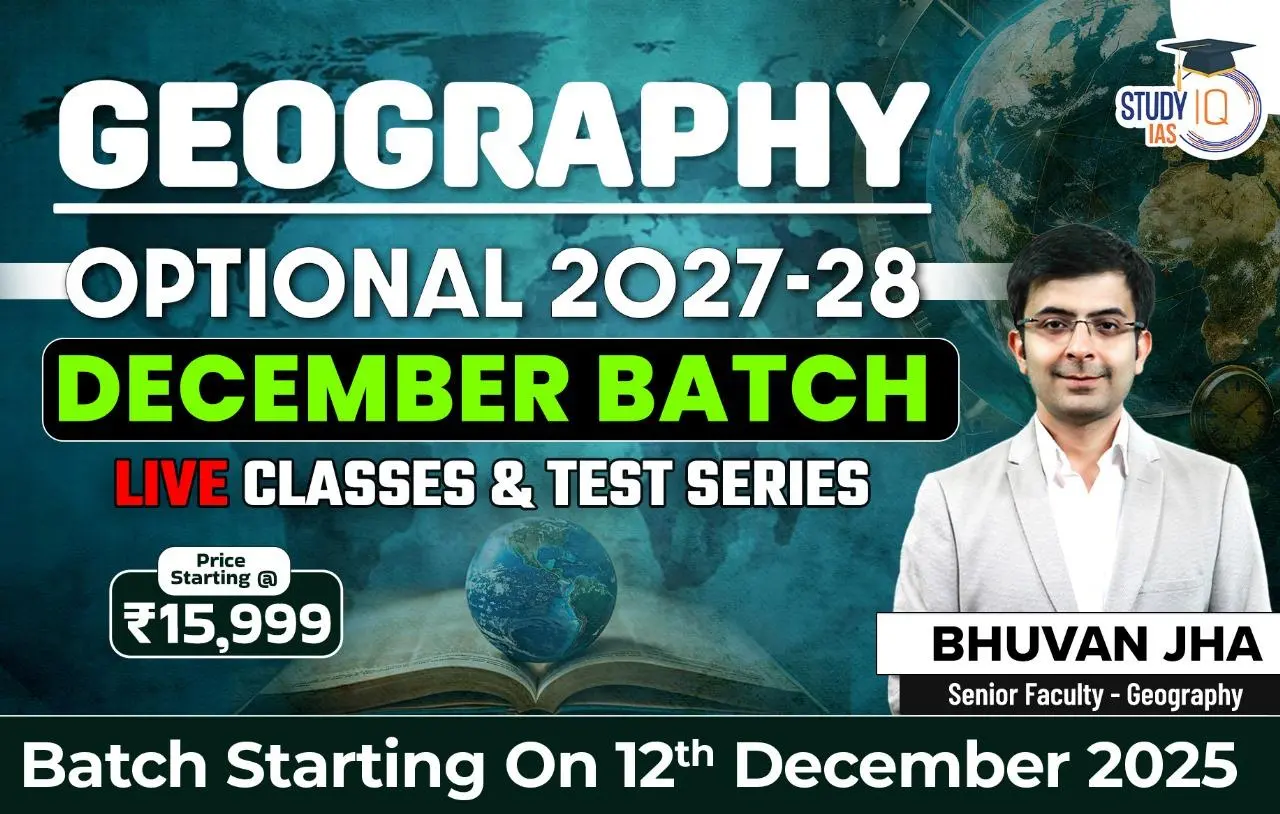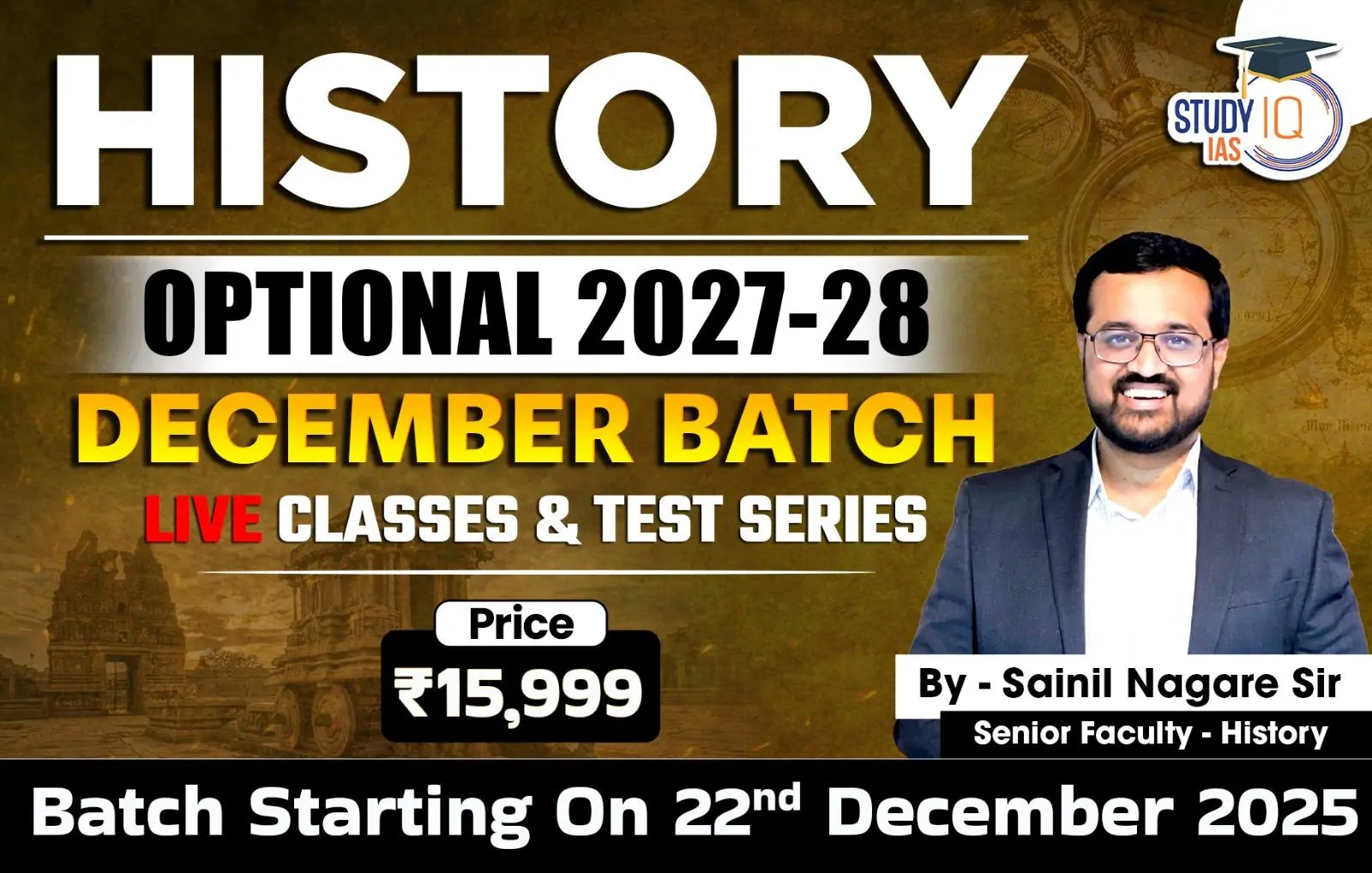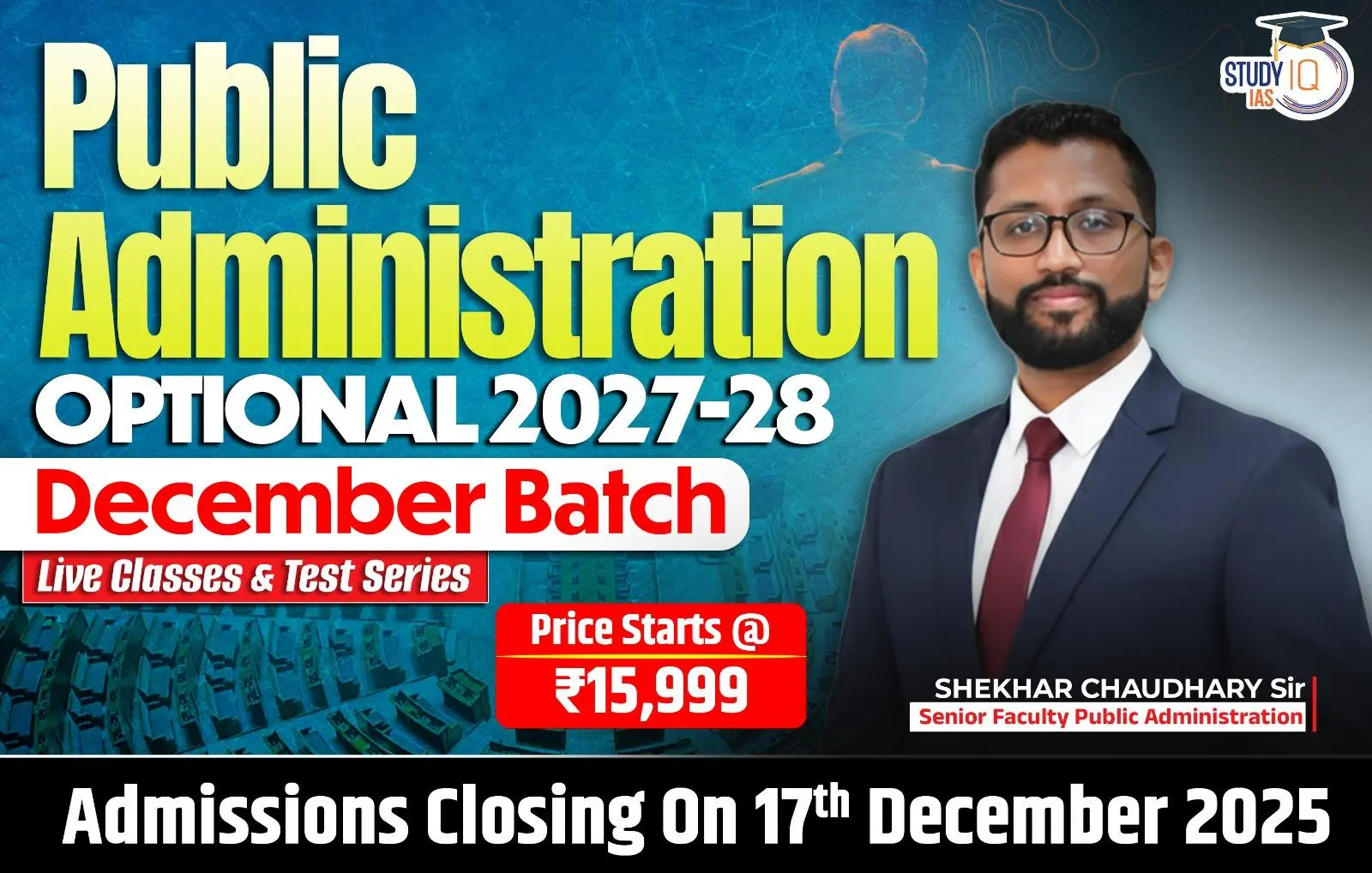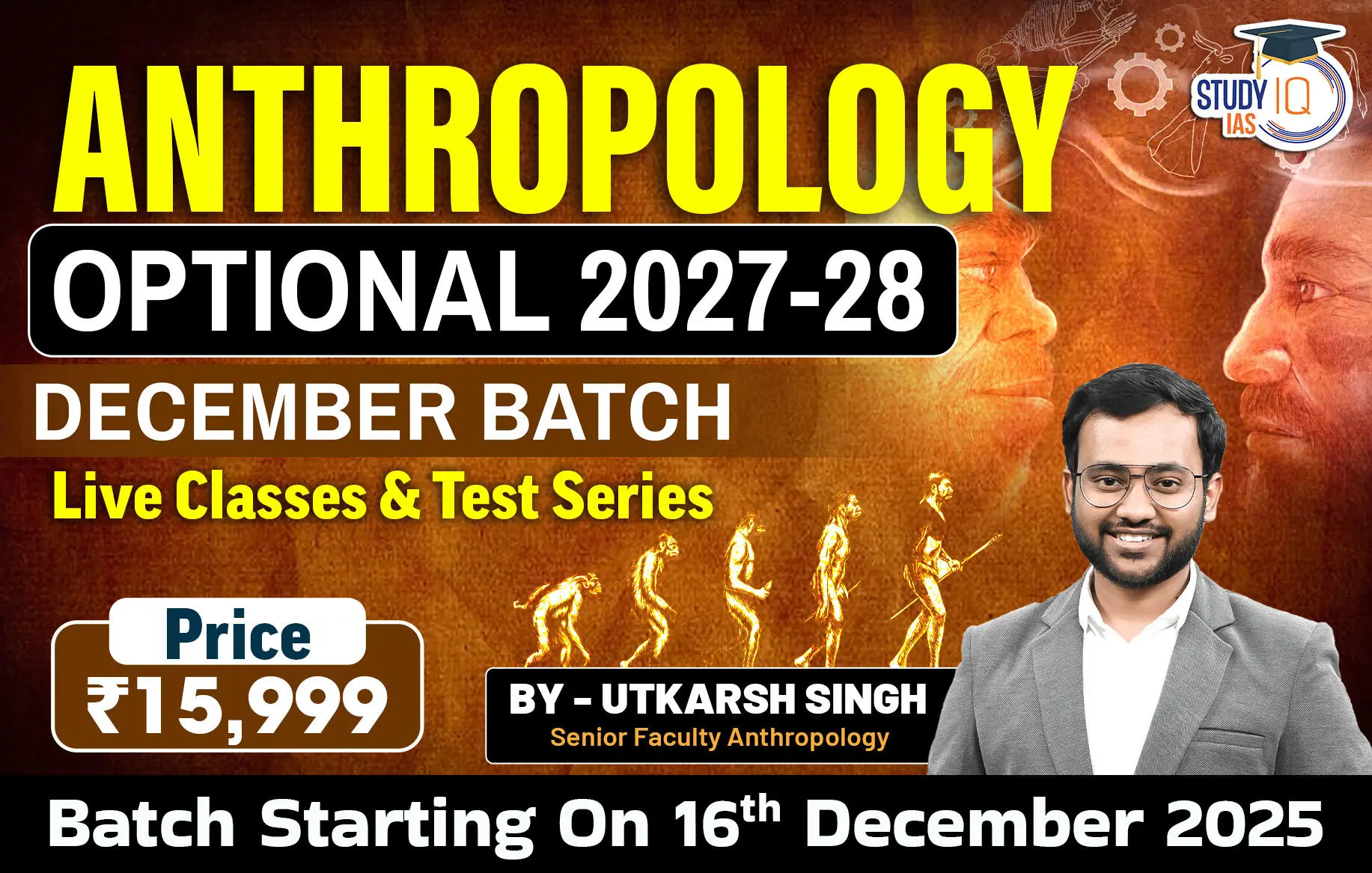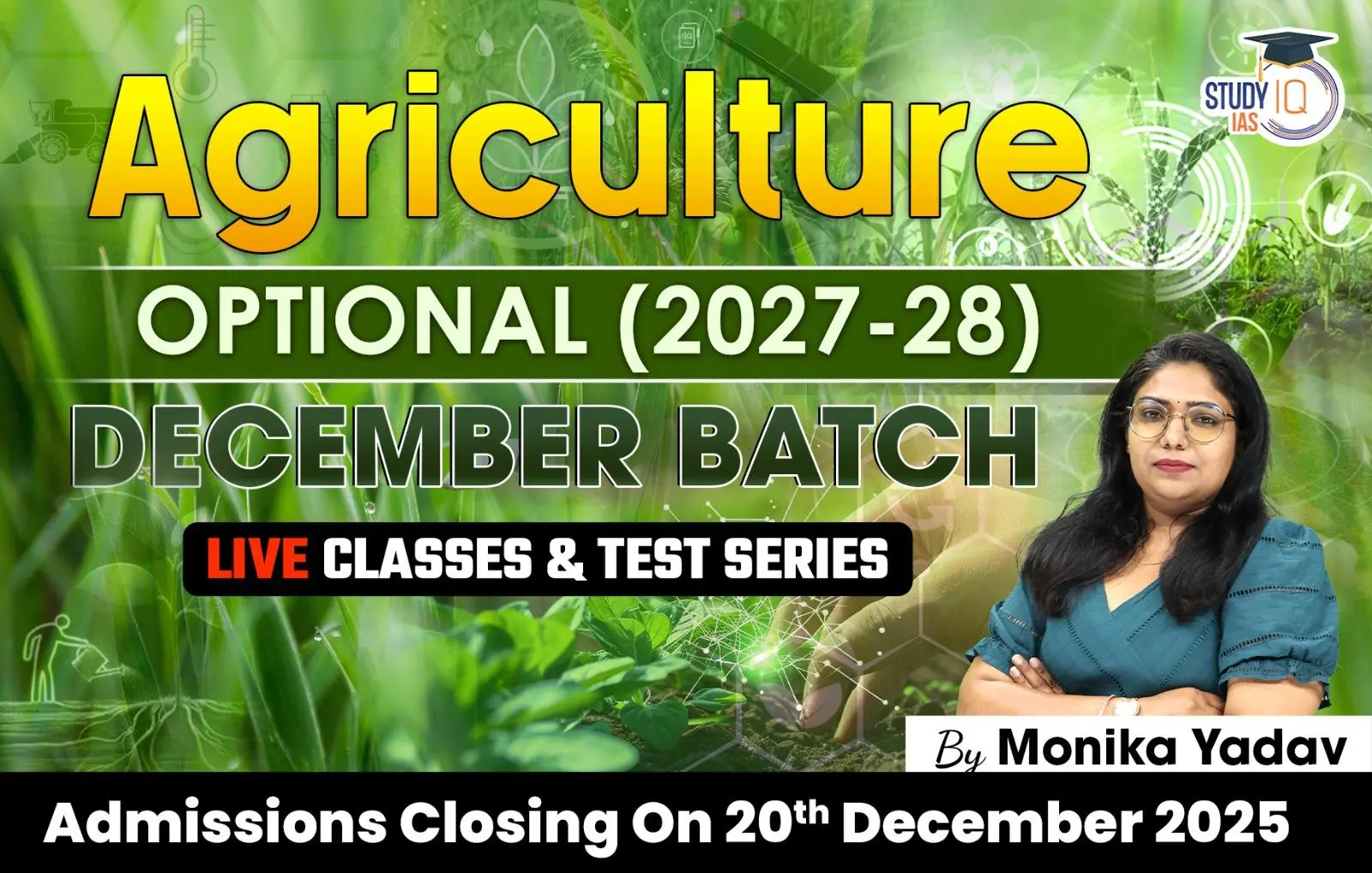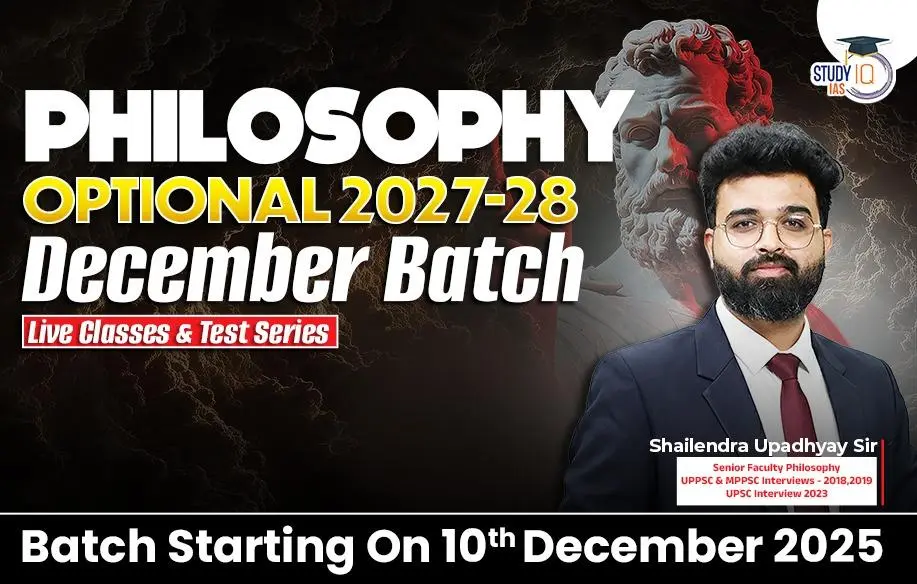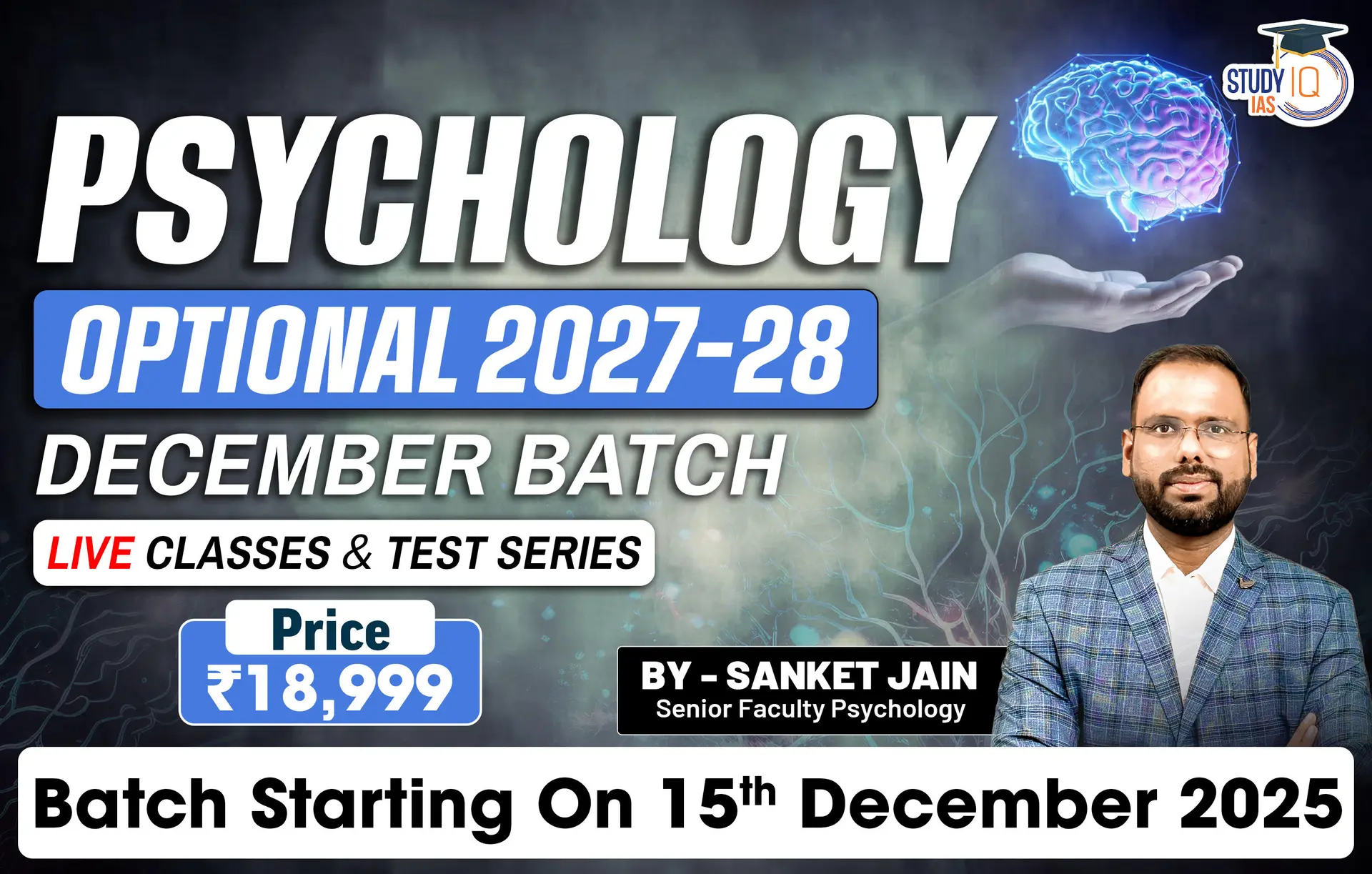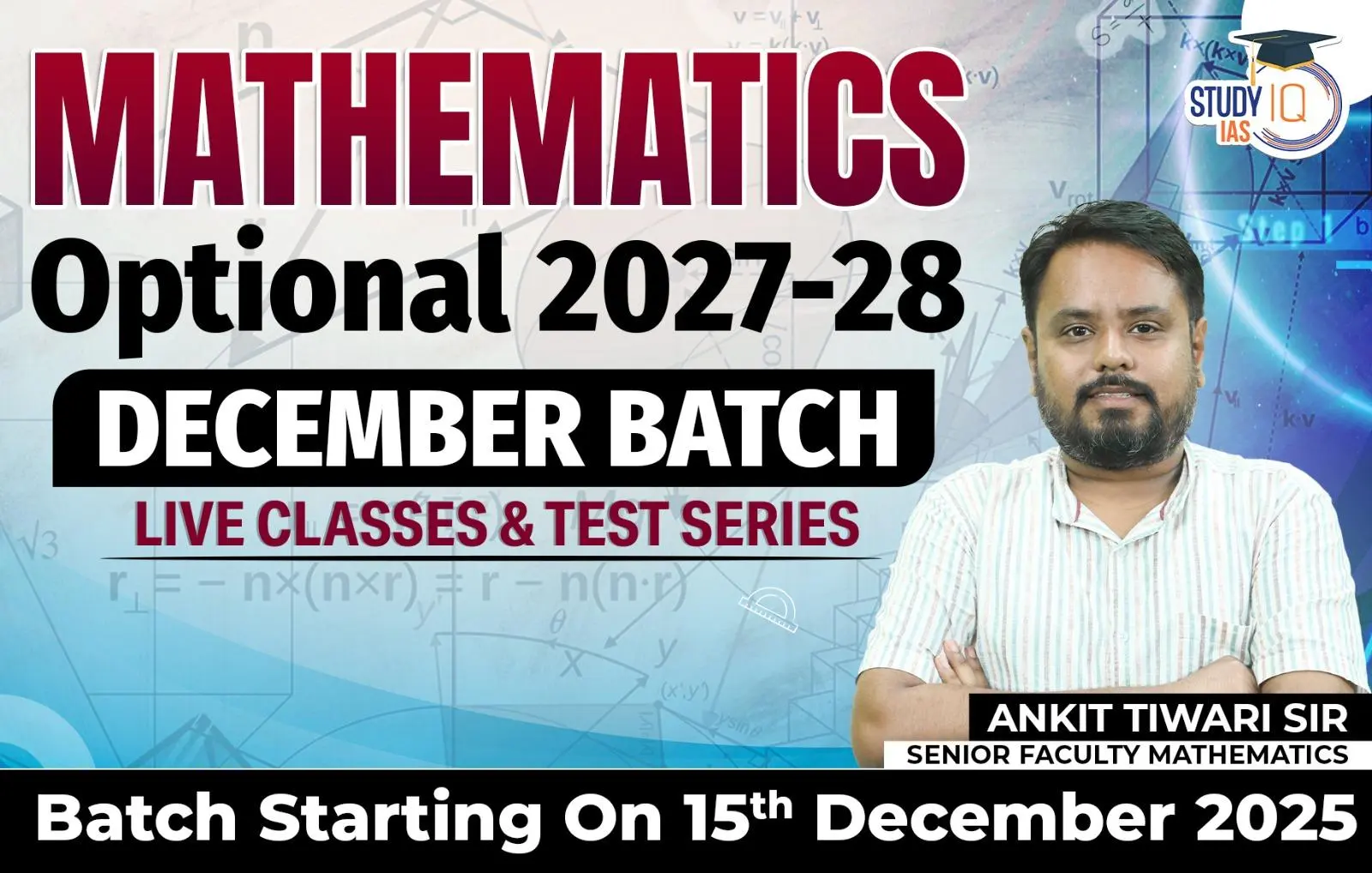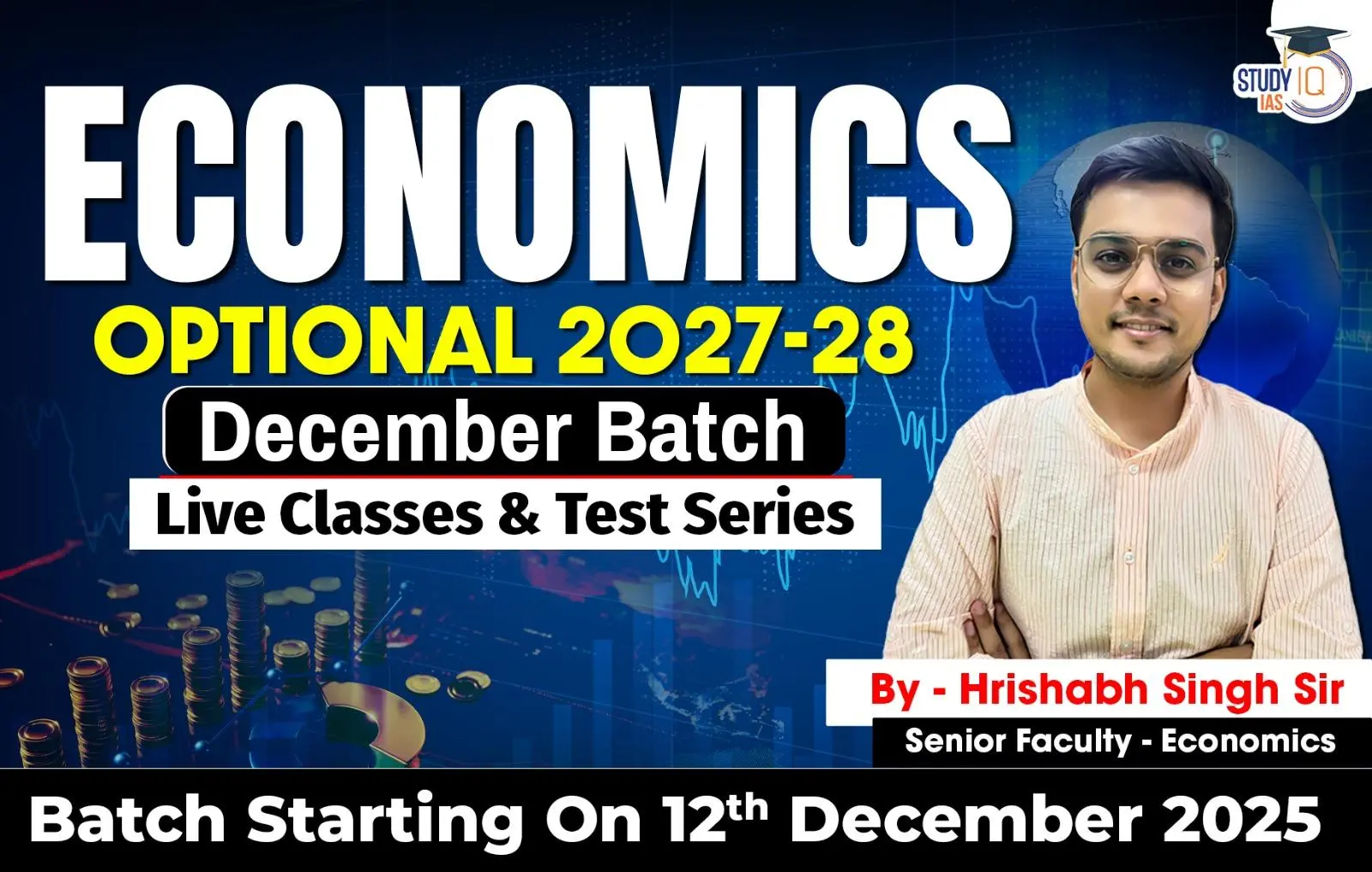Table of Contents
Context: Despite the shortcomings and complexities associated with Trump-style diplomatic meetings, summit diplomacy is likely to remain a crucial tool in modern international relations due to the growing need for collective action and cooperation in addressing global challenges.
Summit Diplomacy: Nature of Trump-Style Meets
- Trump-style diplomacy is characterized by high-profile, leader-centric engagements that often prioritize optics over substance.
- These meetings tend to be:
- Unpredictable and transactional.
- Focused on immediate political gains rather than long-term strategic outcomes.
- Publicized events rather than closed-door negotiations.
What is Meant by Summit Diplomacy and Its Importance?
Summit diplomacy refers to high-level meetings between heads of state or government to discuss and resolve critical international issues.
Importance of Summit Diplomacy
- Conflict Resolution and Peace Building: Summit diplomacy has played a pivotal role in ending wars and fostering peace agreements.
- Example: The Camp David Accords (1978) between Egypt and Israel led to a peace treaty.
- Strategic Partnerships and Alliances: Summits provide a platform for countries to build and strengthen bilateral and multilateral relationships.
- Example: The India-U.S. summit in February 2025 discussed defence cooperation and trade issues.
- Crisis Management: In times of geopolitical tension, summits help defuse conflicts through direct dialogue.
- Example: The Reagan-Gorbachev Summits (1980s) helped reduce Cold War tensions.
- Economic and Trade Agreements: Trade barriers, tariffs, and market access are often discussed and resolved through summits.
- Example: The Modi-Trump summit in 2025 involved discussions on U.S.-India trade barriers and defence deals.
- Climate and Global Challenges: Summits enable collective action on global issues like climate change and pandemics.
- Example: The COP28 Summit focused on accelerating global climate action.
- Public Diplomacy and Image Building: Leaders use summits to project strength, leadership, and influence on the global stage.
- Example: Trump’s handling of the Ukraine conflict reinforced his image as a decisive leader.
Challenges of Summit Diplomacy
- Lack of Substance: Outcomes from such meetings are often vague or superficial, focusing more on political messaging than concrete agreements.
- Power Imbalance: Stronger parties may pressure weaker nations into accepting deals that lack fairness or long-term viability.
- Public Spectacle: When conducted under media scrutiny, the diplomatic process can become more about political theatre than conflict resolution.
- Populism and Nationalism: Leaders with strong domestic political agendas may push for aggressive or protectionist policies.
- Example: Trump’s ‘America First’ stance could weaken global cooperation.
Future of Summit Diplomacy
- Rise of Bilateral and Mini-Lateral Summits: Increased focus on smaller groupings (like QUAD and AUKUS) to address specific regional issues.
- Technology and Defence Cooperation: Military hardware and tech agreements will dominate future summits.
- Example: U.S.-India F-35 deal could shape defence dynamics in Asia.
- Shifting Global Power Balance: The growing influence of China and the realignment of alliances will impact summit outcomes.
- Example: U.S. pressure on India to counterbalance China’s military expansion.
- Climate and Energy Security: Energy transition and securing supply chains for critical minerals will be key agenda points.
- Example: Ukraine’s offer to trade mineral rights for U.S. support reflects this shift.
- Cybersecurity and AI Regulation: Future summits are likely to focus on regulating AI, data privacy, and cyber warfare.
- Example: Expected talks between the U.S., EU, and China on AI governance.

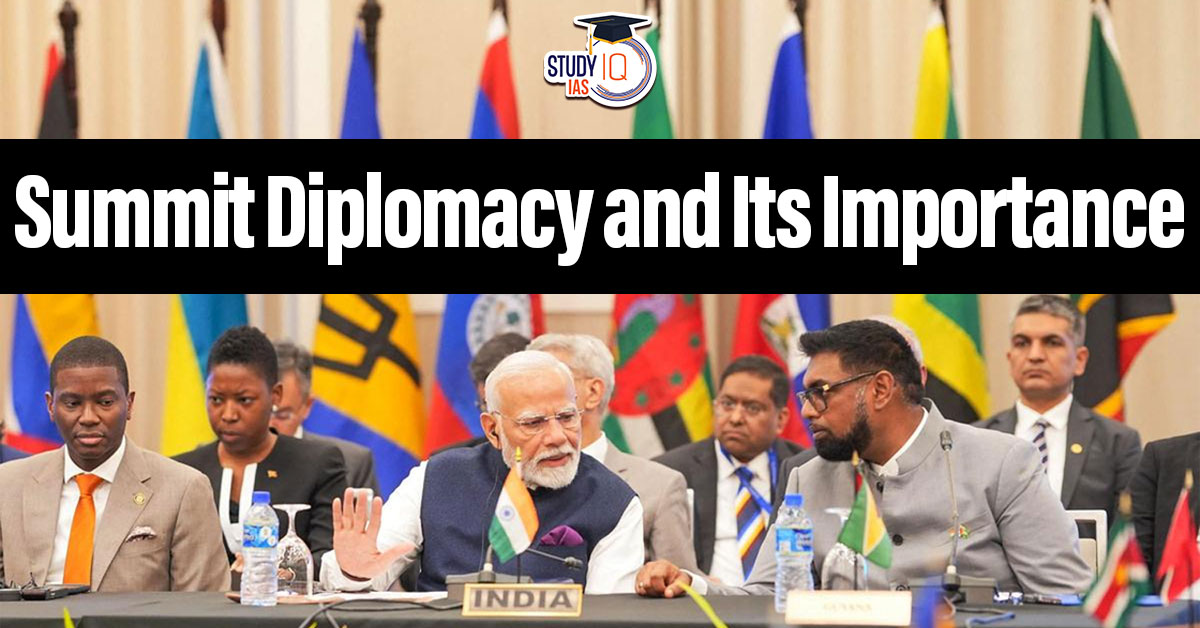
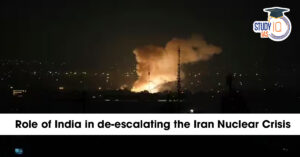 Iran Nuclear Crisis and India’s Role f...
Iran Nuclear Crisis and India’s Role f...
 H1B Visa Program, Beneficiaries, Eligibi...
H1B Visa Program, Beneficiaries, Eligibi...
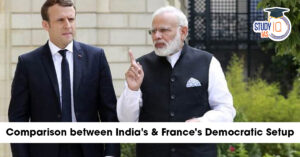 Comparison Between India & France's ...
Comparison Between India & France's ...

